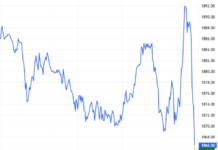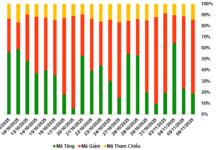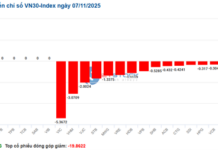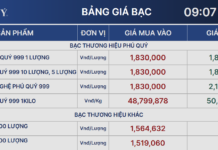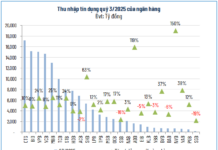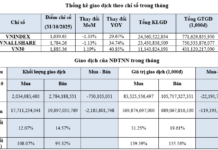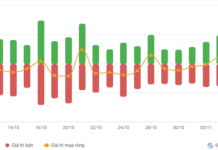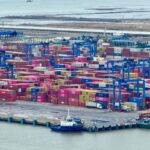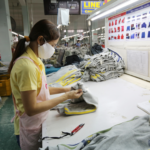
(Photo: PV/Vietnam+)
|
Amidst a volatile global economic landscape, Vietnam’s exports continue to make a strong impression, recording a remarkable $305 billion in the first eight months of 2025, signifying a 14.4% increase compared to the same period last year.
However, amidst risks stemming from international trade policies and geopolitical shifts, industry associations, alongside the Ministry of Industry and Trade, have devised breakthrough strategies to diversify markets, reduce dependence on major partners, and ensure sustainable growth.
Escaping the “Dependence Trap”
Leading the way in exports, the electronics industry attained a remarkable $100 billion in the past eight months, reflecting a 25% surge compared to the previous year and accounting for over 30% of the country’s total exports.
Ms. Do Thi Thu Huong, representing the Vietnam Electronics Enterprise Association, emphasized their ongoing efforts: “We are vigorously expanding our markets in India, Singapore, and Southeast Asian nations. India is deemed a potential market with less competition from China and could emerge as a new springboard for Vietnamese electronics businesses.”
As of August 2025, the textile industry witnessed export turnover of $30.8 billion, a 7% increase year-on-year, with a trade surplus of $14 billion. Notably, European markets such as Germany, the Netherlands, and Spain displayed impressive growth rates of 20.9%, 12.2%, and 10.4%, respectively.
Mr. Truong Van Cam, Vice President of the Vietnam Textile and Apparel Association (VITAS), proposed a fundamental solution: “We recommend that the Ministry of Industry and Trade consider establishing a centralized supply center for raw and auxiliary materials for the textile, footwear, and wood industries to reduce import dependence and enhance product value.”
Meanwhile, the wood industry achieved export turnover of $11.2 billion in the first eight months, a 7% increase year-on-year. However, the industry faces a significant challenge, with 90% of its turnover concentrated in five key markets. Mr. Ngo Sy Hoai, Vice President and General Secretary of the Vietnam Timber and Forest Products Association, shared his insights: “The US remains our largest market, accounting for 56% of total turnover. But we cannot rely solely on a handful of markets.”
To break free from this “dependence trap,” the wood industry is implementing a strategy to “refresh its approach to traditional markets” while simultaneously exploring niche markets such as Spain and the Netherlands.
Notably, many businesses have transitioned from a processing model to building their brands, designing exclusive products, and targeting high-end furniture and living space offerings.
 Electronic Component Manufacturing. (Source: VNA)
|
The association also proposed eliminating the 25% export tax on sawn timber of imported origin. Mr. Hoai explained, “This would encourage businesses to import roundwood from the US, process it in Vietnam, and export it to China, thereby creating local employment opportunities and strengthening trade relations with the US.”
Diversification and Supporting Industries: The Path to Sustainability
The associations unanimously agreed that market diversification and the development of supporting industries are the keys to long-term sustainability. Domestic production of raw materials, fabrics, components, and materials needs substantial investment, alongside leveraging information from Vietnam’s trade offices abroad to stay abreast of new trends and regulations, particularly the EU’s sustainability laws. Organizing international trade fairs and business matching events also enables businesses to promote their products and seek potential partners.
Turning Challenges into Opportunities for Vietnamese Products to Soar Globally
Given the intertwining challenges and opportunities, Minister of Industry and Trade Nguyen Hong Dien provided decisive directives at the August 2025 Trade Promotion Conference with the system of Vietnamese trade offices abroad. He underscored the crucial role of industry associations as vital “connectors” in propelling Vietnamese products onto the global stage.
With a target of 12% export growth for 2025, the Minister unveiled a set of focused solutions to support businesses and associations in bolstering exports in the coming months.
Minister Dien emphasized the need for associations to devise trade promotion plans aligned with the capabilities of enterprises, prioritizing markets with free trade agreements (FTAs) and expanding into potential regions such as Eastern Europe, Africa, and South Asia.
He highlighted the importance of periodically monitoring and sharing market information, trade policies, tariffs, and technical standards in key markets to enable businesses to adjust their strategies promptly.
Additionally, the Minister requested units to enhance their capacity for early warning of international trade risks, encompassing policy changes and technical barriers, to better prepare businesses for potential trade remedy measures.
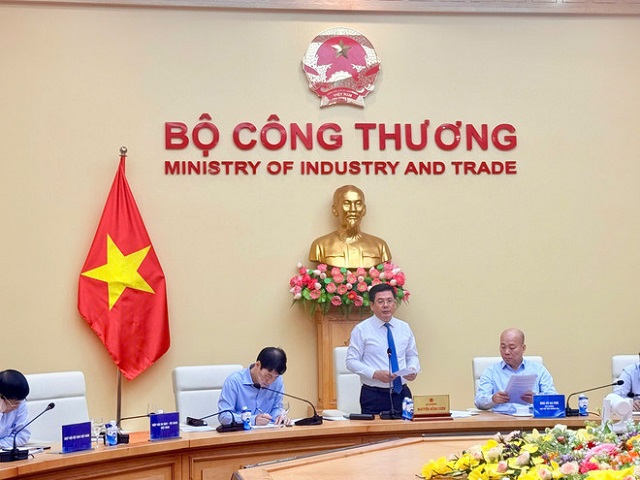
Minister of Industry and Trade Nguyen Hong Dien chairs the Trade
Promotion Conference for the first eight months of 2025. (Photo: PV/Vietnam+) |
Regarding the role of associations, Mr. Dien noted the importance of effectively connecting businesses with trade offices, diplomatic agencies, and international distribution partners, as well as promptly addressing the challenges faced by small and medium-sized enterprises.
“The Ministry of Industry and Trade will support businesses in building brands, designing packaging and product models suitable for the tastes of each market, thereby enhancing the image of Vietnamese goods,” the minister shared. “At the same time, we will coordinate with media and trade offices to encourage businesses to participate in trade promotion programs within the framework of FTAs to take advantage of tariff preferences.”
Mr. Dien also emphasized the need to strengthen connections between businesses and research institutes and innovation units, especially in production technology and cross-border e-commerce, to improve productivity and value addition.
To achieve the 12% export growth target, the last four months of the year must attain a minimum of $150 billion, equivalent to over $37.5 billion per month. This daunting task demands the unwavering commitment and collaborative efforts of the entire political system, businesses, and associations.
Therefore, the leadership of the Ministry of Industry and Trade calls upon the trade offices, ministries, localities, and businesses to unite in effectively implementing these solutions, turning challenges into opportunities to propel Vietnamese products further onto the global trade map.
Hong Kieu
– 11:13 10/09/2025
The Next Billion-Dollar Investment Destination: A Western Highland Province’s $5 Billion Opportunity with Vingroup, Trung Nam, THACO AGRI, and Nutifood.
The province is set to grant investment cooperation memorandums to 42 projects, boasting a total registered capital of nearly $3.6 billion. Additionally, the conference witnessed the granting of investment registration certificates and investment policy decision approvals to 27 projects, with a total registered capital of over $1 billion.
“NCB Empowers Exporters with Flexible Document Discount Solutions”
“Amidst the surging growth in export activities, the National Commercial Joint Stock Bank (NCB) introduces its export document discounting solution. This innovative solution provides businesses with timely and flexible access to capital, empowering them to sustain their production, optimize their operational efficiency, and thrive sustainably in the international marketplace.”
“Sprint to the Finish: Maintaining Export Momentum in the Final Months of 2025”
Amidst a challenging global economic landscape, Vietnam’s merchandise exports shone brightly in the first seven months of 2025, reaching an impressive estimated turnover of US$261.8 billion. This remarkable performance translates to a 14.6% increase compared to the same period in 2024, surpassing the annual target. As we celebrate this achievement, it is imperative to strategize and forge a path towards sustaining this export growth momentum in the remaining months of the year.

